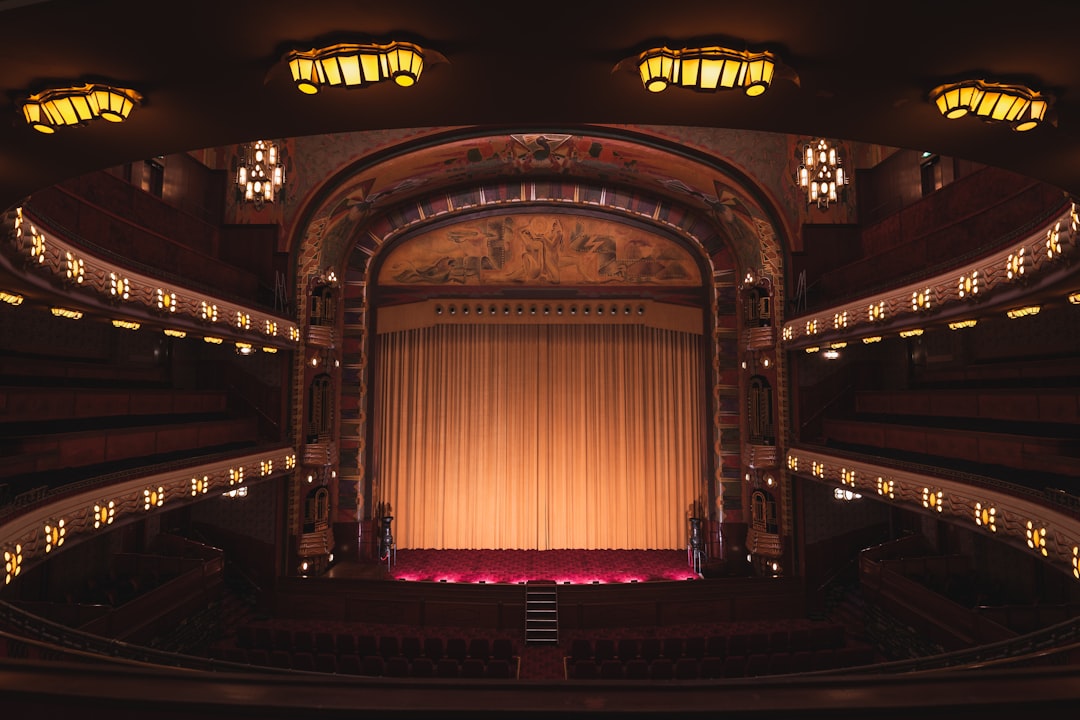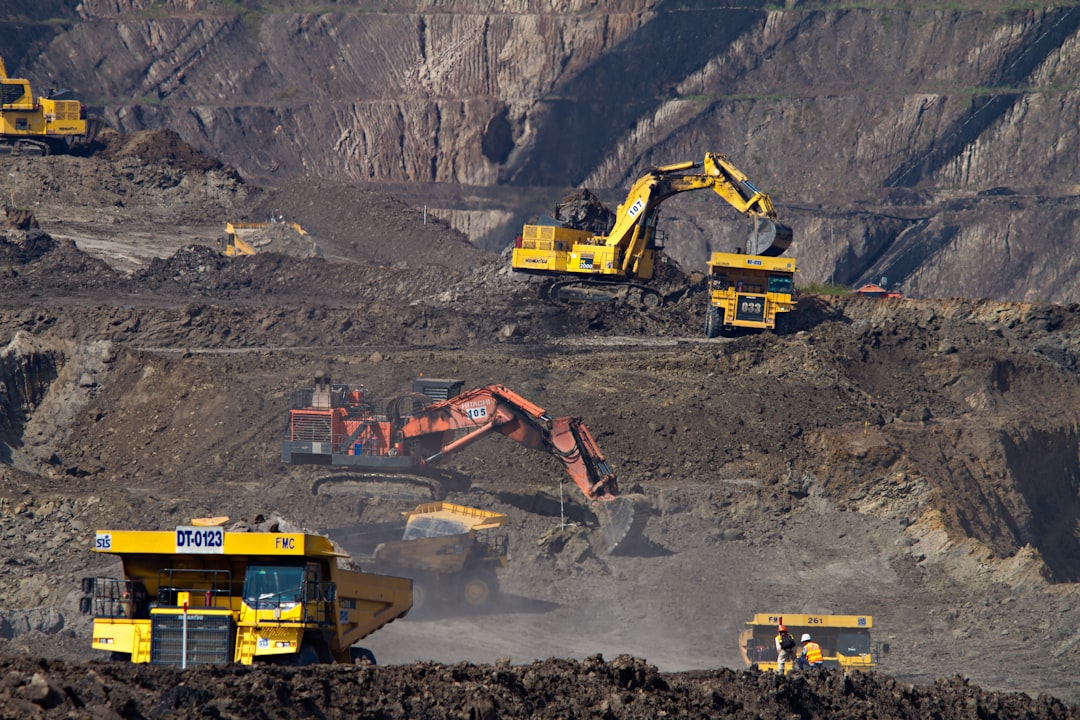What is it about?
Employing wireless communications and field recording this article explains how media aesthetics, acoustic ecology, and everyday listening are interrelated, including a narrative account of the small group of Chicago-based artists engaged global interest through World Listening Day, the annual event initiated in 2010. This in turn opens space and interest for environmental stewardship and positive change.
Featured Image
Why is it important?
World Listening Day began as an idea among a small, local group engaged in recording, new music, and radio. Drawn to the potential of these media to invent new art forms based in sound and its transmission opened up new awareness of the role of environment in shaping human relationships with all life forms, including the impact of human activity, especially to avoid unintended impacts that are detrimental to life. Using audio and Internet media helped promote the benefits of an ear-minded approach to environmental stewardship, as it apparently blossomed with a phenomenal amount of global interest that carries on to this day, every July 18th.
Perspectives
While sound moves through space at over 1300 feet per second, I think it's the rush to overcome the physical limitations of the human body, as well as a distinctly Western privileging of sight over the other senses, that leads to a kind of hyperactivity: a state of aroused but superficial knowing that deadens, or deafens the individual to the subtle, quiet, deep, and tactile bonds to our psyche and our nature. Listening is key. It may be, and I know this may exude a certain Romanticism, but the estrangement from the our world and what our sense are saying might lead to what I'd say are for simplicity's sake pathologies, if not misunderstandings. Technologies can either sensitize and de-sensitize. With insensitivity comes an inability to sense anything. To listen well we must slow down. From that point our relationship with the world improves.
Professor Eric Leonardson
School of the Art Institute of Chicago
Read the Original
This page is a summary of: Sound and Listening: Beyond the Wall of Broadcast Sound, Journal of Radio & Audio Media, January 2015, Taylor & Francis,
DOI: 10.1080/19376529.2015.1015874.
You can read the full text:
Contributors
The following have contributed to this page










